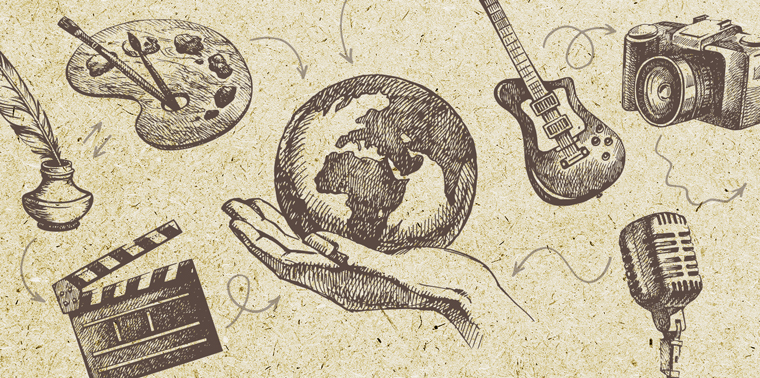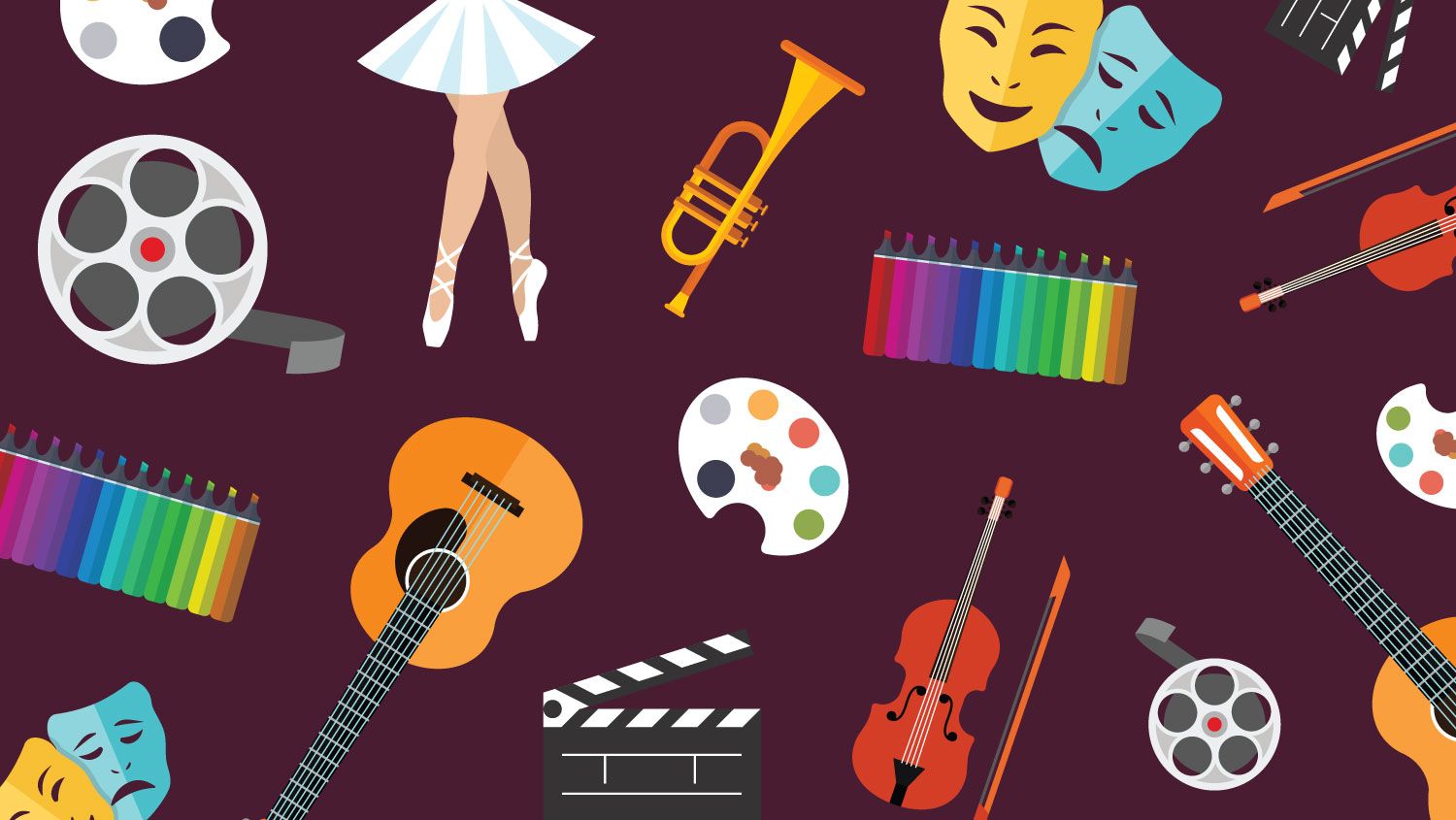
The Advanced Level course enhances the core concepts introduced in the Basic Level, providing SEN teachers with a more profound understanding of incorporating arts education for students with Intellectual and Developmental Disabilities (IDD). This course highlights sophisticated artistic methods, interdisciplinary projects, and the smooth integration of arts with STEAM (Science, Technology, Engineering, Arts, and Mathematics) disciplines. A significant emphasis is placed on customizing arts education to fit individual student requirements while promoting independence, creativity, and self-expression. Building on the application of robotics and technology within arts education, this course presents more advanced tools and methodologies. Teachers will investigate how to weave intricate robotics, digital design, and interactive installations into their curricula, allowing students with IDD to participate in innovative and tactile artistic activities. The objective is to foster problem-solving, critical thinking, and teamwork through the convergence of technology and artistic investigation. Advanced robotics and digital instruments empower students to explore various avenues of creative expression. LEGO Mindstorms enable the building of complex robotic structures capable of being programmed to paint, sculpt, or interact with other artistic components. Tools like 3D printing and CAD software, including Tinkercad and Fusion 360, offer students the chance to conceptualize and create personalized sculptures or practical art objects. Arduino kits familiarize students with interactive installations by integrating sensors and LED lights into their art projects, making creativity more dynamic and engaging. Virtual reality (VR) art tools, such as Tilt Brush, provide an immersive and accessible platform for students, especially those with physical disabilities, to produce 3D digital art in a virtual environment. Moreover, technologies like robotic drawing machines, kinetic sculptures, laser cutters, and CNC machines broaden artistic opportunities by amalgamating movement, precision, and interactive design. To bolster the incorporation of these technologies, the course integrates innovative teaching methodologies. Blended and flipped classroom strategies motivate students to delve into robotics and technology beyond the classroom and then apply their expertise in practical projects. Design thinking offers a structured yet adaptable problem-solving approach where students see artmaking as a creative challenge, revisiting and refining their work overtime. Project-based and collaborative learning promotes teamwork by encouraging students to partake in interdisciplinary, group-oriented art initiatives that merge creativity with STEAM disciplines. Tailored individualized learning plans and peer teaching facilitate the customization of projects to students' distinctive strengths and interests while fostering collaboration and knowledge-sharing among peers. By arming educators with a comprehensive toolkit of artistic methods, robotics, and adaptive teaching strategies, this course empowers them to enhance arts education for students with IDD. The combination of technology and artistic expression not only amplifies creativity but also aids students in developing crucial problem-solving, collaboration, and independent learning skills. Through this methodology, students can investigate intricate artistic concepts while building confidence and a deeper sense of agency in their creative approach.
- Teacher: Admin User

In this introductory course, we will present robotics and technological resources alongside educational strategies and tools that enhance the arts learning journey for students with Intellectual and Developmental Disabilities (IDD). The integration of robotics and technology will aid in personalizing the educational experience, promoting engagement, and nurturing essential skills such as computational thinking, problem-solving, and motor coordination. Overview of Technologies and Educational Approaches for the Introductory Course:
• Robotics and Technology: User-friendly robotics platforms that can involve students in interactive art and music experiences; accessible platforms enabling students with IDD to create art in a digital format; interactive tools designed to create multisensory art encounters.
• Educational Methodologies: Ensuring accessibility and engagement for all learners by offering diverse ways to showcase creativity (UDL); promoting hands-on initiatives and teamwork to enhance communication and problem-solving (Project-Based and Collaborative Learning); engaging various sensory modalities to boost understanding and participation (Multi-Sensory and Kinaesthetic Learning).
These resources and strategies will assist educators in incorporating robotics and technology into arts education for students with IDD at a fundamental level, facilitating engaging, inclusive, and personalized learning experiences. Each unit progressively develops students’ abilities, allowing them to express their creativity through accessible and innovative approaches.- Teacher: Admin User